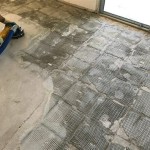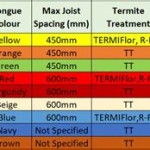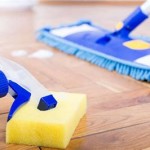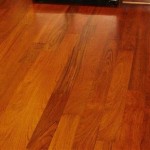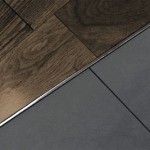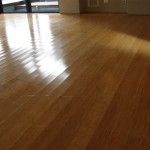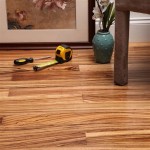How to Seal Particle Board Subfloor
Before laying down your chosen flooring material, it's essential to have a solid and well-sealed subfloor. Particle board is a widely used subflooring material composed of wood particles, resin, and wax. However, its porous nature makes it susceptible to moisture damage. Therefore, it is critical to seal your particle board subfloor to protect it from water and extend its lifespan.
Preparing the Subfloor
Before sealing the subfloor, ensure it's clean, dry, and free of debris. Sweep or vacuum the surface to remove any dust or dirt. If you have stains from moisture, mildew, or mold, treat them with a cleaning solution and allow the area to dry thoroughly.
Choosing a Sealer
There are various types of sealers available, each suited for specific applications. For particle board subfloors, consider the following:
Oil-based sealers
penetrate deeply into the wood, providing excellent water resistance and durability.Water-based sealers
are less durable than oil-based but are easier to apply and have a low odor.Acrylic sealers
are versatile and can be used on both interior and exterior surfaces.
Applying the Sealer
Follow the manufacturer's instructions for applying the sealer. Generally, you will need a brush or roller to apply a thin and even coat. Ensure you cover the entire surface, including corners and edges.
Allow Ample Drying Time
Sufficient drying time is crucial for the sealer to bond properly with the subfloor. Refer to the product instructions for specific drying times. Avoid foot traffic on the sealed surface during this period to prevent damage.
Additional Considerations
For areas prone to moisture, such as bathrooms or kitchens, consider applying a vapor barrier under the subfloor. This barrier prevents moisture from rising up from the ground into the subfloor.
If your subfloor has significant gaps or cracks, you may need to use a filler or caulk to fill them in before sealing. This step ensures a smooth and watertight surface.
Benefits of Sealing a Particle Board Subfloor
- Protects from moisture damage
- Prevents warping and buckling
- Enhances the lifespan of the subfloor
- Extends the life of your flooring material
- Reduces noise and vibration
By following these steps and using the appropriate sealer, you can ensure your particle board subfloor is well-protected and ready for your flooring installation. A properly sealed subfloor will provide a solid and long-lasting foundation for your flooring, enhancing its beauty and durability for years to come.

Particle Board Flooring And Waterproofing

How To Seal A Particle Board Subfloor Ehow
Sealing Edges Of Particle Board B4 Edge Banding

Afm Safe Seal Plywood Osb Sealer The Green Design Center

Particle Board Water Damage Dos And Don Ts Doityourself Com

How To Seal Particleboard For Your Diy Projects Home Efficiency Guide

Amazing Painted Plywood Subfloor A How To
Sealing Edges Of Particle Board B4 Edge Banding

Diy Painted Osb Floors Mmmm Teal Dans Le Lakehouse

How To Prevent Flooring Problems Prior Installation
See Also
